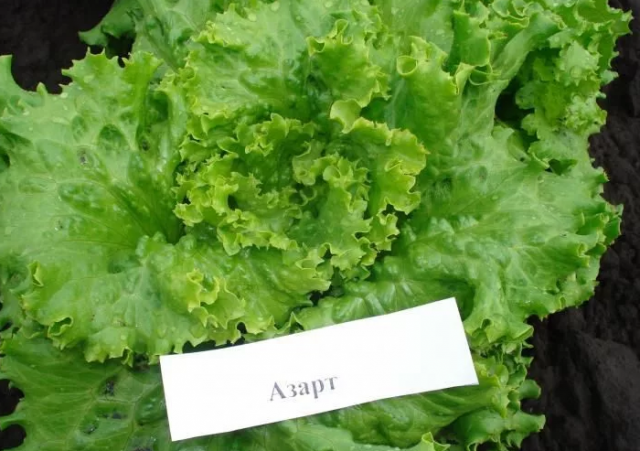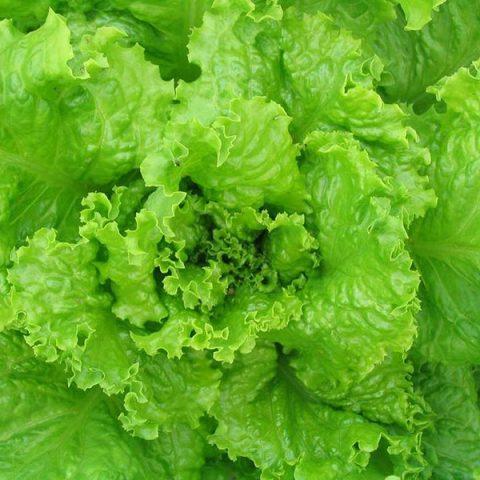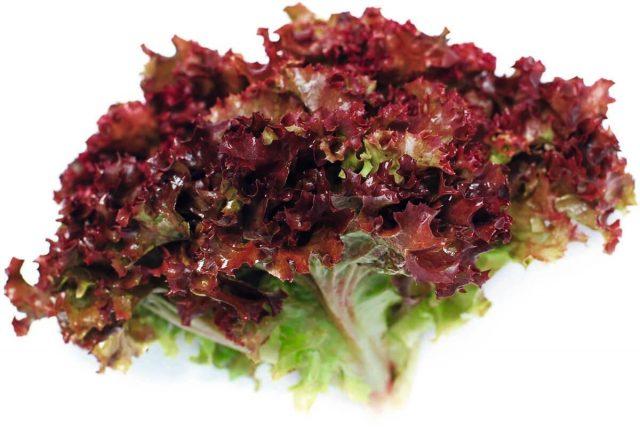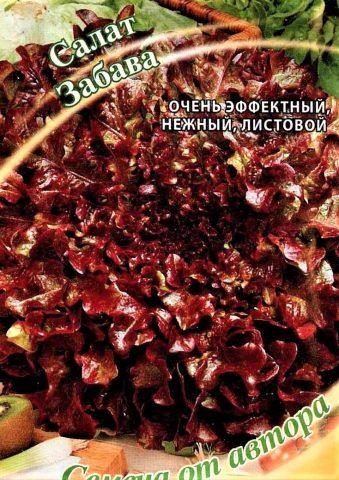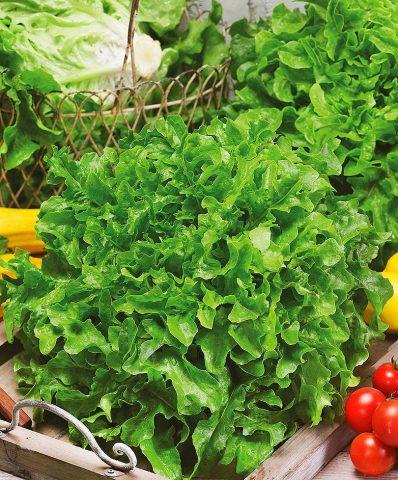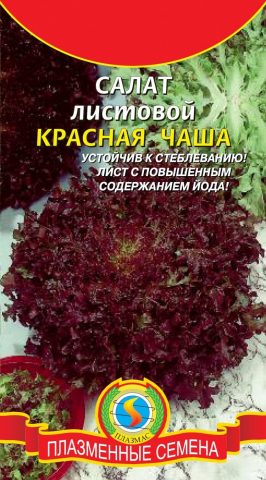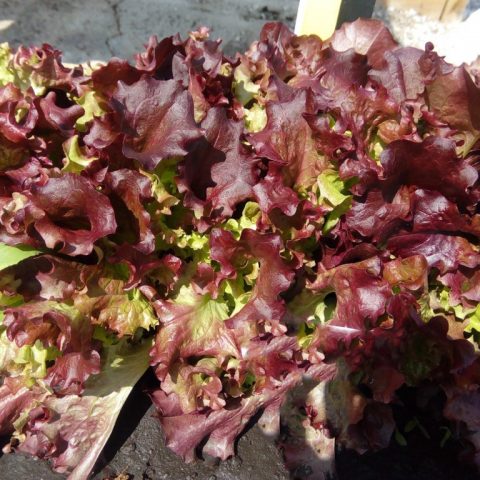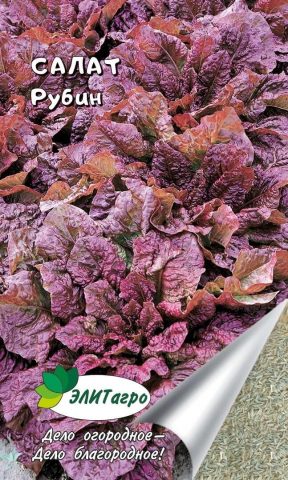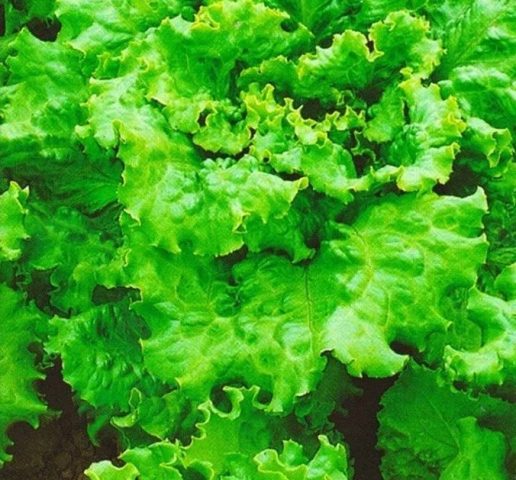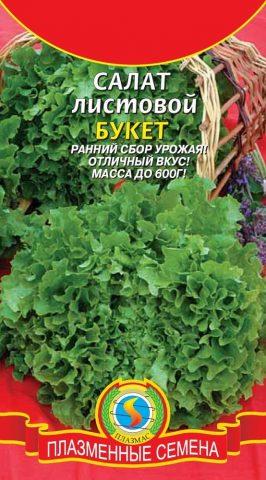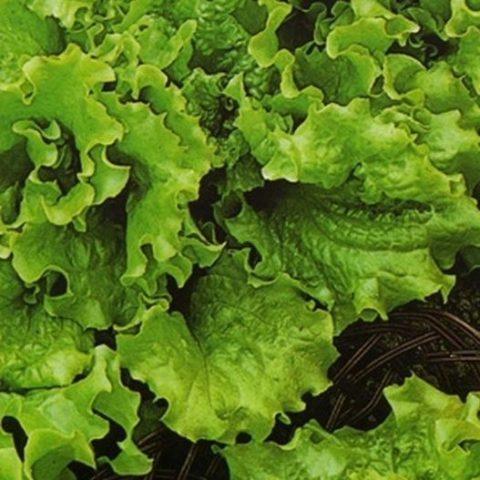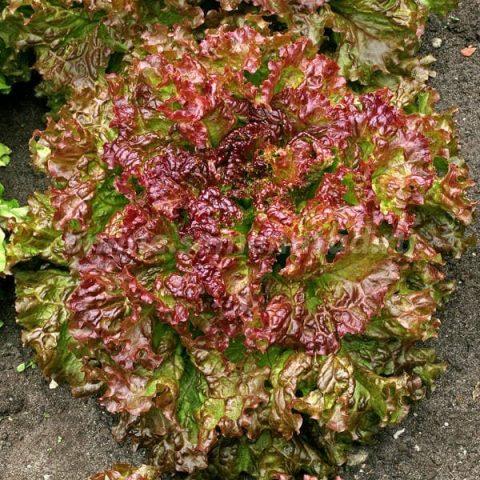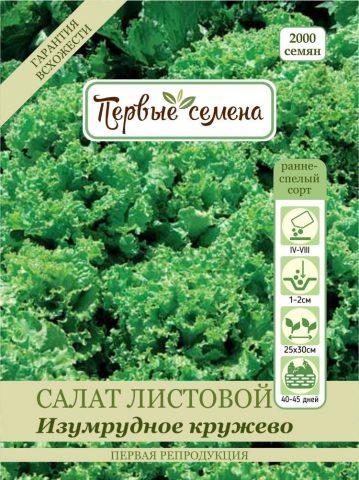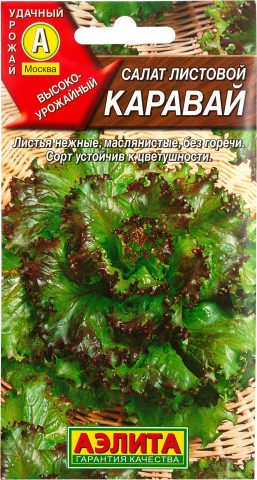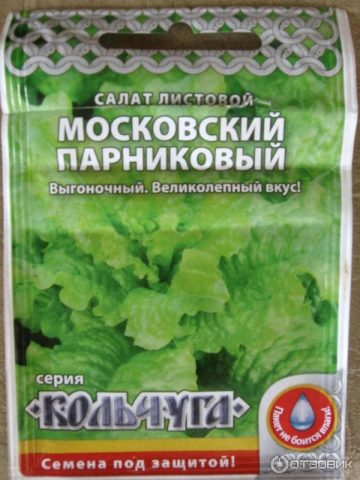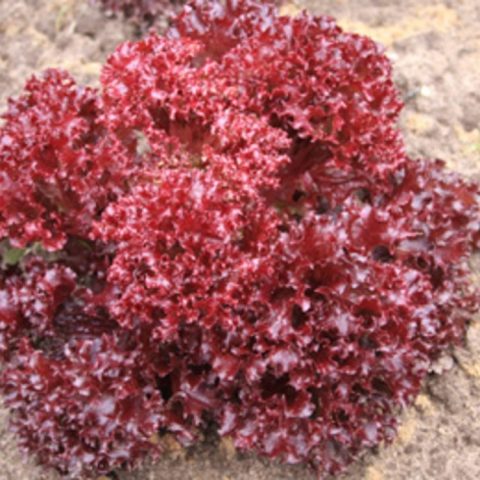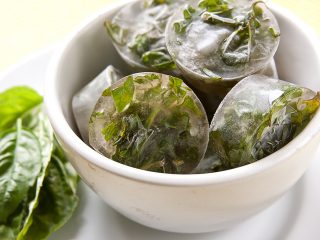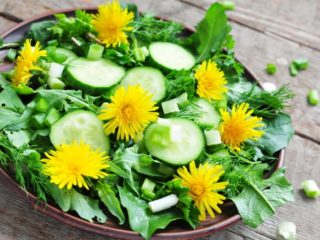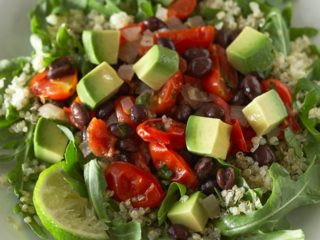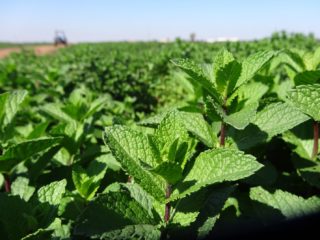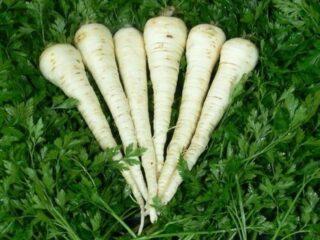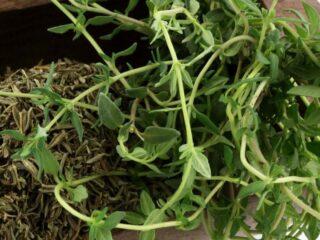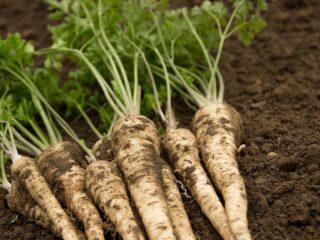Content
The types of leaf salads are striking in their diversity. This applies to their types, texture, color, taste and other characteristics. Some leafy varieties are especially popular and are perfect for growing outdoors.
What types of salads are there?
Varieties of leaf salads, even with photos and names, leave questions. Hundreds of varieties are grown around the world, including various hybrids. Salads are conventionally divided into leaf and cabbage. There is no official clear classification yet. Various features can be used for separation:
- leaf color - all sorts of shades of green, red;
- taste – bitter, sweet, spicy;
- texture – soft, crispy, buttery, semi-buttery, rough, tender.
Not all varieties are suitable for open ground. Some types of lettuce are best grown in greenhouses, while others feel great at home - on the balcony, windowsill.
According to the ripening period, salads are divided into three groups:
- early;
- mid-season;
- late.
The best varieties of salads for open ground
There are many types of leaf lettuces for planting in open ground. When choosing, you should pay attention to the best varieties.
Lettuce
This is the name of a whole genus of flowering plants, so when choosing, it is worth studying the types of lettuce leaves related to it with the name and photo. Please note that some varieties are cabbage. Characteristics of leaf lettuce:
- color yellowish-green, less often red;
- delicate texture;
- delicate taste.
In cooking, lettuce is good to combine with citrus fruits, sweet fruits, and herbs. Its taste will be effectively complemented by goat cheese and roasted nuts.
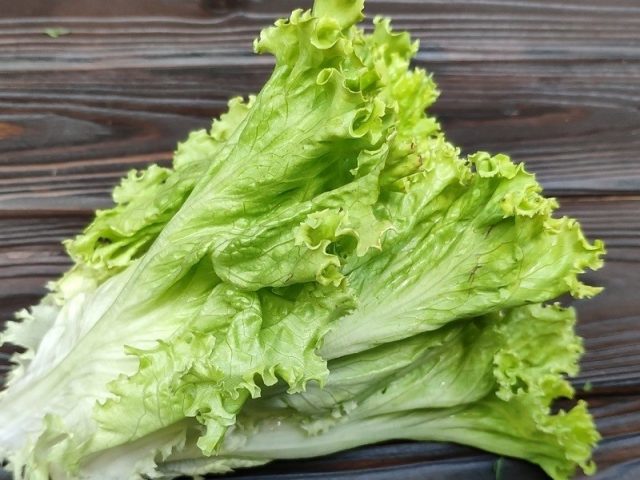
The taste of lettuce is better revealed with dressings of balsamic, white wine vinegar, grapefruit juice
Regular sheet
This definition may hide different types of green salads - photos with names show that this often turns out to be leaf lettuce or iceberg. Characteristics:
- the leaves are very thin, the ends are slightly curly;
- color green;
- the texture is delicate.
Vegetable oil and lemon juice are used as a dressing for regular leaf salad. The product quickly loses its appearance. Its color darkens and its airy texture settles.
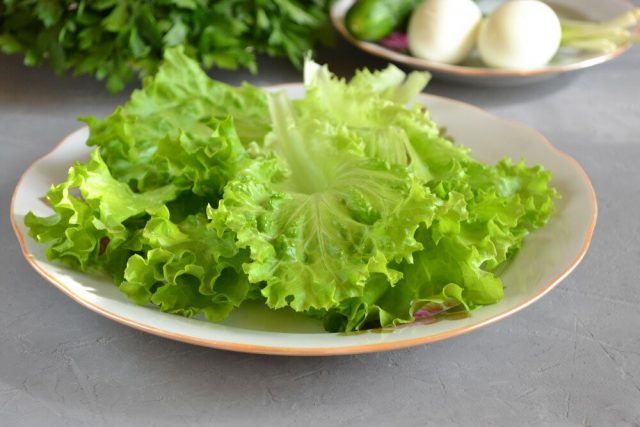
Regular leaf lettuce cannot be stored for a long time, and it should be seasoned immediately before serving.
Lollo Rossa
This leafy variety is a variety of lettuce. Its main characteristics:
- the leaves are large, the ends are curly;
- color is heterogeneous - almost white at the base, green towards the middle and purple-violet at the tips;
- rich taste with nutty notes, there is a slight bitterness.
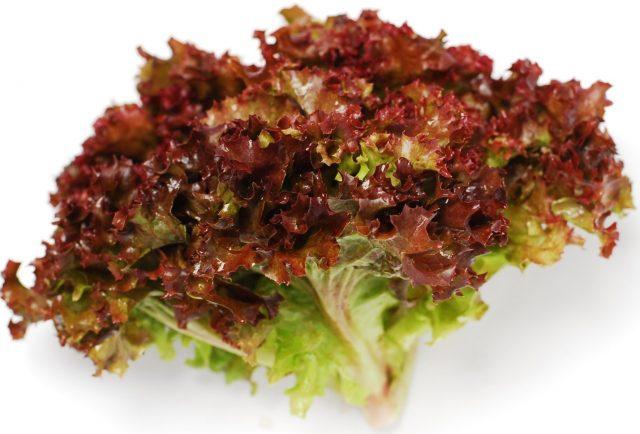
Lollo Rossa leaf variety goes well with nuts and various dressings based on them
Iceberg
This leaf variety was bred in America. There, during delivery, the salad was covered with ice - its high layer reminded people of an iceberg. This is where the name of the variety comes from.
Outwardly, Iceberg resembles white cabbage, but its structure is looser. The leaves of this salad are soft, but crispy. They hold their shape perfectly, so they are great for serving appetizers and stuffing.
Iceberg can be classified as a sweet variety of lettuce, although it also has a slight bitterness. When stored in the refrigerator, taste and commercial qualities are preserved for up to three weeks.
In cooking, Iceberg can be combined with any raw vegetables, with the exception of root vegetables. This variety is also recommended for meat salads. Sour cream sauces and mayonnaise are used as dressings.
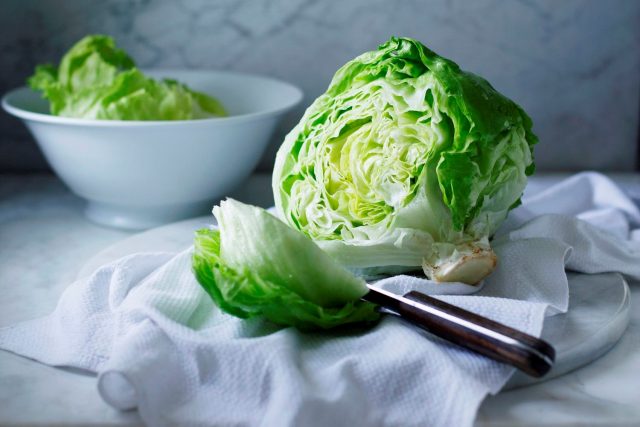
In spring, the Iceberg variety is recommended to be grown on sandy loam, in summer and autumn on light loam.
Romano
This type of lettuce is also called Romaine. Its main characteristics:
- strong leaves form a high head;
- color dark green;
- leaves are juicy and crispy;
- the taste is spicy with nutty notes.
Romano salad is combined with various vegetables, sharp cheeses, and spices. It is well complemented by soy sauce, olive oil and pine nuts. This variety is used not only fresh, but also for heat treatment. It is suitable for pureed soups, meat stews, and stewed vegetables.It was the Romano variety that was originally used in the recipe for the famous Caesar salad.
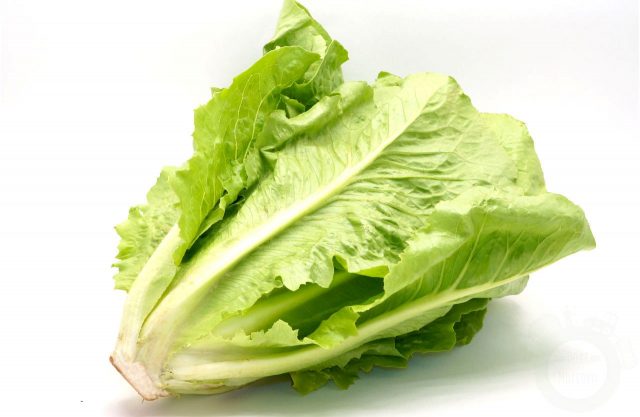
One of the advantages of Romano lettuce when grown in open ground is its high resistance to heat.
Chicory
Like lettuce, this plant belongs to the Asteraceae family. One of its types is chicory, which is also called endive. It is cultivated mainly in the Mediterranean.
Endive can be split-leaved (curly) or broad-leaved. Its varieties have a green or light yellow color. The leaves are hearty and taste bitter. Their area of application is wide:
- fresh – cereal salads, chicken salads, with pasta;
- heat treatment - fried greens, addition to pasta, soups, stews.
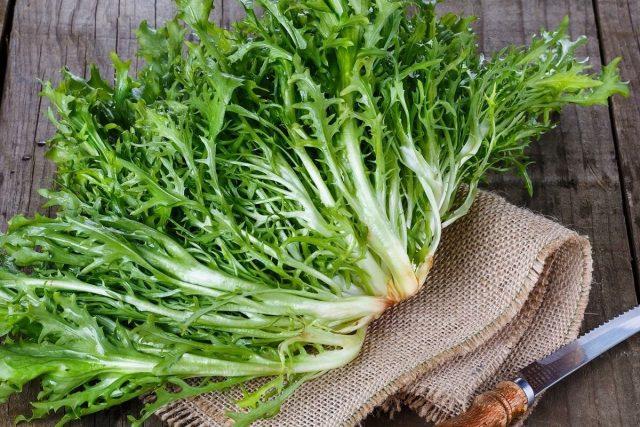
Salad varieties of chicory are best seasoned with sauces with mustard, nut oil, and citrus fruits.
Radicchio
This salad is a variety of common chicory. It is especially popular in Western Europe. There are many varieties of Radiccio known. General characteristics:
- original coloring – red background and white veins;
- the taste is bitter-spicy, softens after heat treatment.
Because of the taste of Radicchio, they prefer to season it with sweet or creamy sauce, mayonnaise. It is often served with steak and red wine.
Radicchio is used not only fresh, but also for heat treatment. Soups and risotto are especially tasty. The lettuce leaves are grilled, salted and seasoned with olive oil and lemon juice before serving.
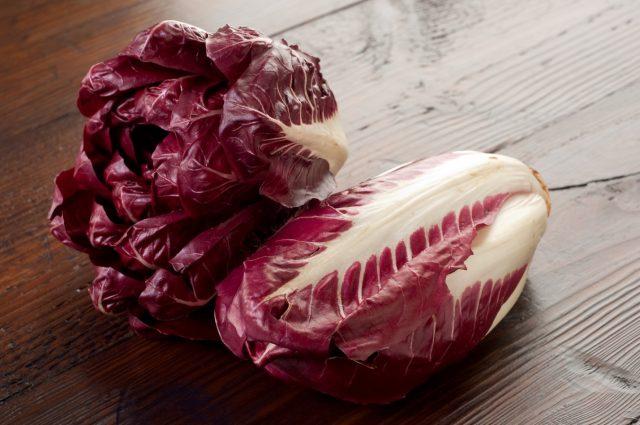
Radicchio salad is also called Radicchio, Radicchio or Italian chicory
Escarole
This salad is a green leafy variety of endive (chicory). Its color is pale, and its taste is sweet and sour with bitter notes. The variety is especially popular among Italians.
Escarole leaves are crunchy. This variety is consumed fresh and is also good for stewing. Italians often add escarole to bean soups.
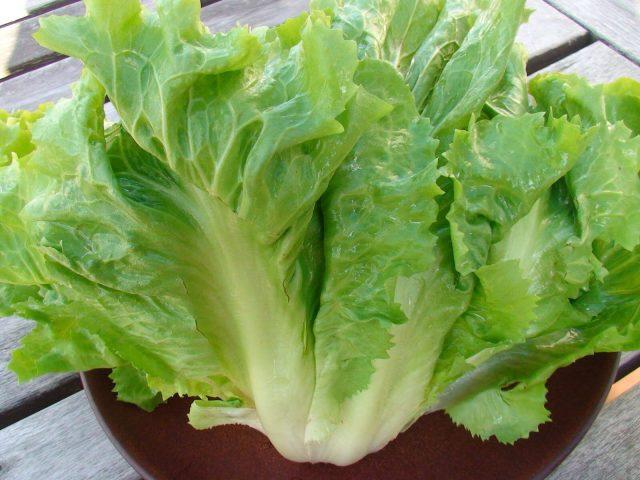
In Russia, Escarole is successfully grown both in the middle zone and in Siberia
Arugula
Unlike lettuce and chicory, this plant belongs to the Brassicaceae (Cruciferous) family. It is called the sowing caterpillar, indau, eruka. Main characteristics of arugula:
- total height 0.3-0.6 m;
- straight branched stem with weak pubescence;
- the leaves are slightly fleshy, harsh, sometimes glabrous, but more often sparsely hairy;
- pungent taste with nutty and peppery notes;
- peculiar smell.
In dishes, arugula complements sweet, sour, fatty and salty ingredients well. This lettuce is used as a side dish for pork and chicken. It is not recommended to combine arugula with herbs.
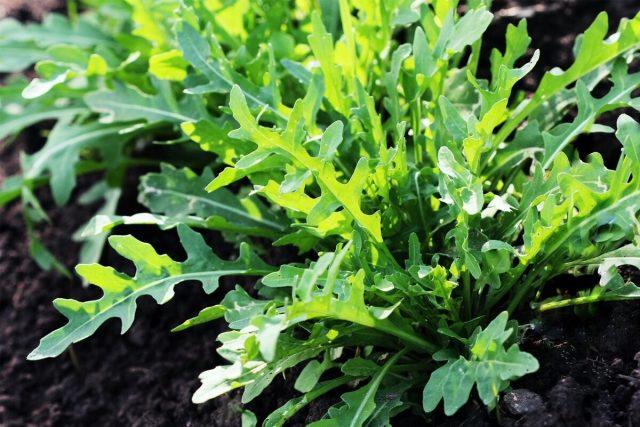
It is recommended to complement arugula with gentle oil and mayonnaise dressings.
Calais
This lettuce also belongs to the Cruciferous family. It is called curly cabbage, brauncol (brunkol) or grunkol. Not only the leaves, but also the stem are edible, although it is usually not eaten due to its hardness.
Kale is green or purple in color. The foliage is lacy, does not form a head.
Fresh kale has a bitter or pungent taste. It and the texture of the leaves depend on the variety. Kale is used in different countries of the world:
- The Dutch add stamppot to mashed potatoes to prepare the national dish;
- the Japanese use aojiru for a vegetable drink;
- Turks are preparing soup.
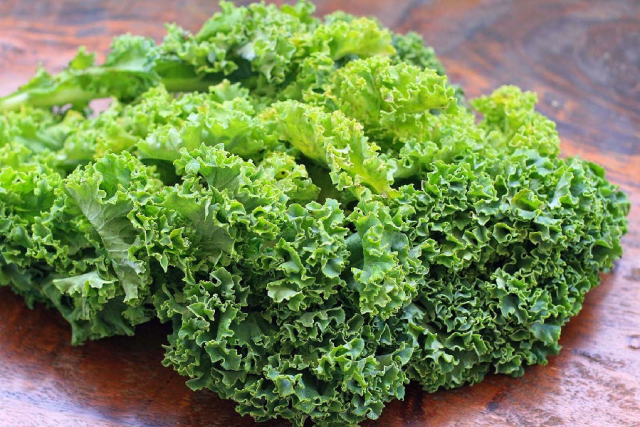
Kale is perfect for freezing - the leaves acquire a sweetish taste and become more aromatic.
Watercress
This edible annual or biennial plant is also called bedbug sativum. The plant belongs to the Cruciferous family. Main characteristics:
- height 0.3-0.6 m;
- bluish coating;
- The spicy taste is reminiscent of horseradish or radish.
Watercress is consumed only fresh; dried greens lose many valuable qualities. Both leaves and stems are used for food. They go well with various vegetables and fruits. Watercress is often used as a seasoning, complementing meat, fish, soups, and omelettes. This variety is not combined with herbs.
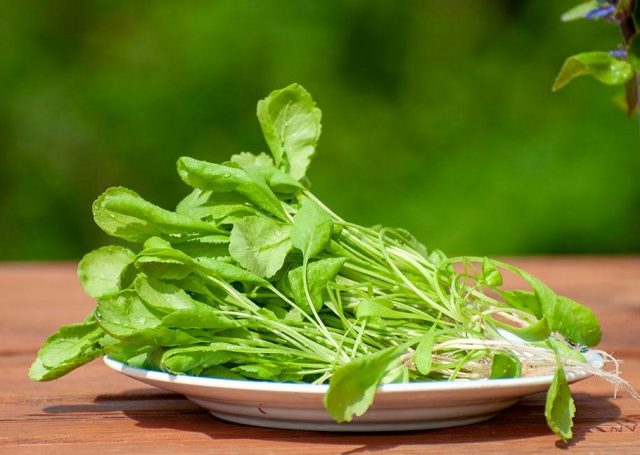
Watercress was known in ancient times, and also as a medicinal plant - it improves digestion and reduces blood pressure
Dandelion leaves
Dandelion is a herbaceous perennial that includes hundreds of species. It often grows like a weed. Young leaves with stems should be eaten. There is practically no bitterness in them. The leaves are used to prepare salads and soups. Mature raw materials have a bitter and pungent taste. Pre-soaking it in salted water helps soften it.
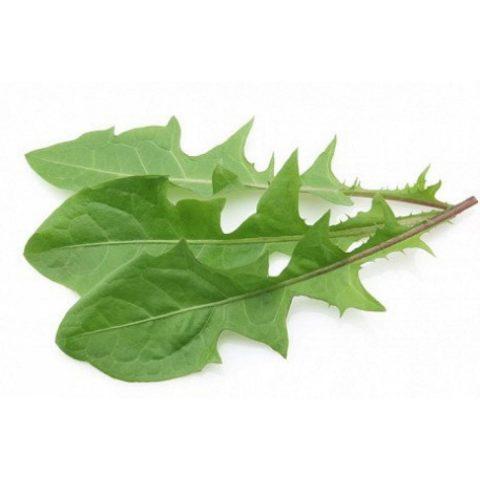
Dandelion leaves are often used not in cooking, but in folk medicine - the raw material is good for the digestive system
Mash salad
This lettuce has many names. In botany it is called Valerianella spicata or oleracea. It is also called corn, field lettuce, lamb grass. Main characteristics:
- height 10-40 cm;
- delicate green leaves;
- sweet aroma.
Young root leaves of mung salad are eaten. Most often they are used fresh, sometimes added to soup. Leafy corn can be combined with any vegetables. Gas stations use neutral ones.
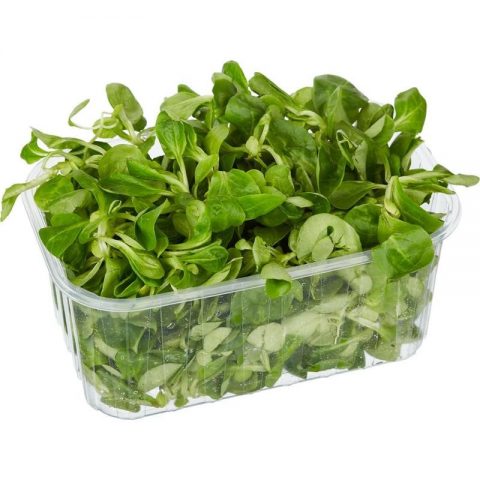
Mung salad does not tolerate heat well, so in central Russia sowing is most effective in early spring
Little Jam
Another name for this lettuce is Syukrin. The variety was obtained by crossing several species, including Romano. Its main characteristics:
- a small, oblong-shaped head of cabbage;
- developed central vein;
- pale green color;
- soft crispy texture;
- the taste is delicate and sweet.
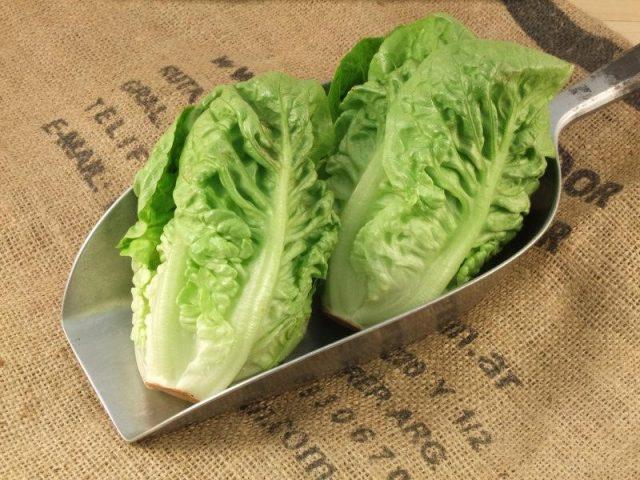
Little Gem is resistant to heat, bolting and a number of diseases, including mosaic virus
Spinach
This herbaceous annual belongs to the Amaranthaceae family and is considered one of the record holders among vegetables for its nutrient content. Its appearance and characteristics depend on the variety. Spinach leaves can be smooth or corrugated. In summer lettuce they are lighter and smaller, winter plants are dark green.
Spinach has a neutral taste. It is consumed raw and added to various dishes. This lettuce is suitable for freezing.

Spinach grows quickly - the process takes 20-40 days, its duration depends on temperature, humidity
Lettuce varieties without bitterness
Most people prefer non-bitter varieties of lettuce. Particularly popular among them are:
- Excitement;
Azart is a semi-headed variety, it has a delicate semi-crispy texture
- Vitamin;
Features of the Vitamin variety - erect rosettes, light green color, crispy texture
- Cherry haze;
Grace - Lollo Rossa variety, curly dark red leaves with wavy edges, crispy texture
- Grace - Lollo Rossa variety
- Fun;
Fun - watercress with a spectacular anthocyanin color, delicate consistency
- Emerald
Features of the variety - semi-raised rosettes with glossy dark green leaves, oily consistency, excellent taste
- Red bowl;
The variety has dense compact rosettes of a reddish-brown color, highly indented leaves with wavy edges
- Robin;
Robin is a red leaf variety with semi-erect rosettes.
- Ruby
Ruby has semi-erect rosettes, decorative carved leaves that are green in the center and dark red at the edges
- Typhoon;
Typhoon has semi-raised rosettes, a crispy and juicy texture, and a pleasant delicate taste.
Early varieties of leaf lettuce
Among the best varieties of early leaf lettuce is Lolla Rossa. This group also includes other varieties:
- Bouquet;
The bouquet is distinguished by semi-erect rosettes, semi-oily consistency, large and juicy green leaves
- Sandwich;
The variety is distinguished by its light green color, crispy texture, delicate taste, and good cold resistance.
- Gourmet;
Gourmand has a dark red color, moderate curl, and delicate consistency;
- Dubachek;
This is a Czech leaf variety, it has semi-erect rosettes of light green color, resistance to flowering
- Emerald lace;
The variety is distinguished by dense rosettes with large corrugated foliage, rich green color, delicate texture
- Loaf;
The Karavai variety has a delicate oily texture and is resistant to flowering
- Chain mail;
The variety has a dark green color, delicate texture, pungent taste with spicy notes
- Red Coral;
The Red Coral variety is characterized by red-brown corrugated leaves and compact spherical rosettes
The growing season for early leaf lettuces is usually up to 40-50 days.
Rules for combining lettuce leaves
The rules for combining leaf salads are a relative concept. You should focus on your own aesthetic and taste preferences. It is often advised to play with contrasts, combining tender varieties with crunchy ones, light leaves with dark ones, green with red ones, and varieties with a neutral taste with bitter or spicy ones.
It is worth paying attention to other ingredients. To create a colorful mix, all kinds of vegetables are added to the lettuce:
- radish;
- bell peppers yellow, orange or red;
- citruses.

Mixes of leaf lettuce seeds are available for sale - the plants will differ in color, shape and size of leaves
Conclusion
Types of leaf lettuce differ in terms of ripening, color, shape, and taste characteristics. Many varieties are suitable for year-round cultivation. When choosing, you should take into account the features of use in cooking and shelf life.
